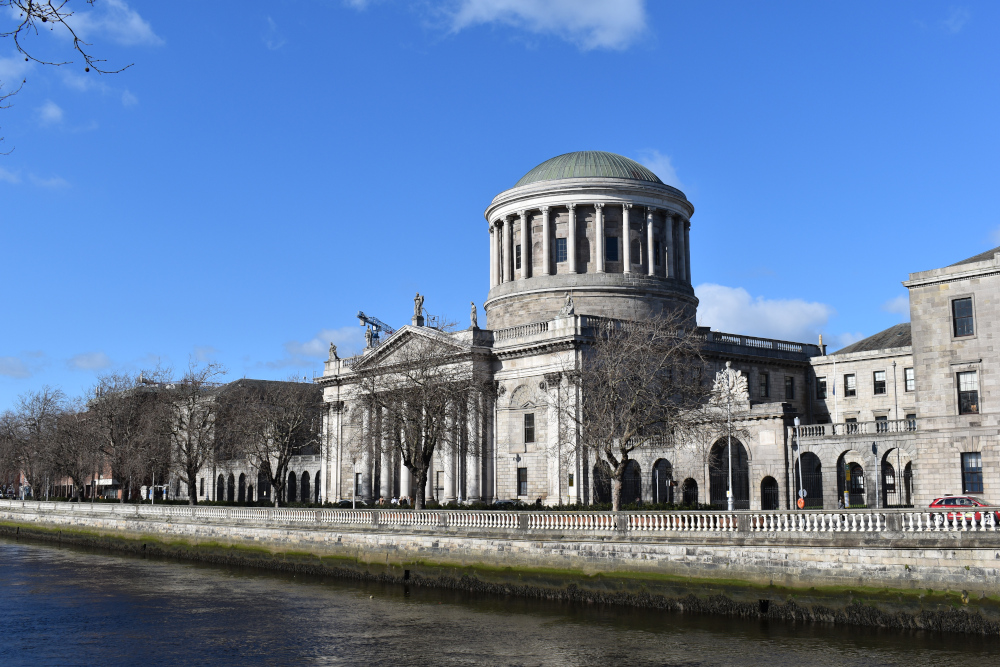High Court: €30,000 awarded to injured motorist despite allegations of fraud by defendant

The High Court has awarded €30,000 to a plaintiff injured in a motor accident despite allegations that he fraudulently exaggerated his claim. The Motor Insurers’ Bureau of Ireland had made an application under section 26 of the Civil Liability and Courts Act 2004 to dismiss the proceedings. It was claimed that the plaintiff had lied to his doctors with a view to them giving misleading and false evidence to the court.

About this case:
- Citation:[2022] IEHC 108
- Judgment:
- Court:High Court
- Judge:Mr Justice Anthony Barr
Delivering judgment in the case, Mr Justice Anthony Barr held that he was confined to make a determination based on the evidence that was actually led at trial. As such, giving false information to a doctor did not necessarily trigger the provisions of section 26. Since liability and causation were not in dispute, the court held that the plaintiff was entitled to compensation.
Background
The plaintiff was involved in a road traffic accident in 2017. He was a passenger in the car driven by the first named defendant. As the car travelled around a bend, an oncoming car crossed onto their side of the road and collided with the first defendant’s car.
The offending motorist did not stop and remained untraceable. As such, the MIBI was joined as the second defendant under the provisions of the MIBI Agreements. The MIBI did not put causation or liability in issue.
The plaintiff claimed to have suffered injuries to his back and neck. However, it was claimed that the plaintiff had been untruthful regarding information given to doctors in the case. In particular, the MIBI claimed that the plaintiff had deliberately understated his injuries from a previous accident in 2008.
In the 2008 accident, the plaintiff had been a passenger in a car that was rear-ended by another vehicle. Again, he claimed to have suffered neck and back injuries. The MIBI were also joined to the personal injuries proceedings. The matter came on for hearing in 2016, but the plaintiff withdrew the action. It was suggested in cross-examination that the MIBI had been able to prove that the 2008 accident was a setup, but this was denied by the plaintiff.
It was further put to the plaintiff that he had given false and misleading evidence to the court when he stated that his neck and back injuries from the 2008 accident had lasted for six months. The MIBI produced records from the plaintiff’s GP which noted that he had ongoing back pain into 2014 and 2015.
It was also alleged that the plaintiff had given misleading information to the only doctor to give evidence on his behalf. A medicolegal report had been furnished by a doctor who had been retained by the plaintiff’s solicitor. The report contained an account by the plaintiff in 2017 that his back had fully healed and he had suffered no other medical issues. Given the content of the GP’s notes and the claim for neck pain, it was argued that this information was false and misleading.
The plaintiff’s doctor accepted that she had been retained by the solicitor and had not seen any of the plaintiff’s GP records. She also accepted that her opinion had been based on what she was told by the plaintiff.
Further, the plaintiff had told two other doctors that he had been involved in the 2008 accident. He told one doctor that his injuries healed in a few months, while the other doctor was told that he recovered in 3 or 4 years with no past injuries of neck or back complaints.
High Court
In an ex tempore judgment, Mr Justice Barr carefully examined the medical evidence placed before the court. It was noted that there was only one reference to neck pain in the plaintiff’s records prior to December 2016. The court held that this was not indicative of ongoing long-term neck problems, particularly where the plaintiff was only prescribed analgesics. The court was satisfied that the neck symptoms from the 2008 accident only lasted for about six months.
The court also noted that the plaintiff had been twice referred to a pain clinic for his lower back in 2015 and 2016, but neither appointment was kept. However, the plaintiff received three injections between 2017 and 2021 to his neck, which apparently did not improve his pain.
The court held that there were “a number of features in this case which caused the court some concern”. First, the court could not think of any credible reason why the plaintiff would have withdrawn his 2008 action other than because the plaintiff was involved in fraudulent activity. This was so where the plaintiff asserted legal advice privilege over the decision to withdraw.
The court also disapproved of the fact that the plaintiff’s solicitor directly instructed the plaintiff’s expert to produce a medicolegal report. The doctor was not the plaintiff’s GP or a treating doctor, which had been criticised by several courts (Fogarty v Cox [2017] IECA 309; Dardis v Poplovka (No 1) [2017] IEHC 149). The court held that the disadvantages of not having the treating doctor give reports was clearly evidenced in the case.
The fact that none of the plaintiff’s treating doctors were called to give evidence was “extraordinary”, the court said. It was stated that the plaintiff’s GP was not responding to correspondence, but the court pointed out that a subpoena could easily have issued.
Considering the section 26 application, the court held that such applications were “confined to the actual evidence that is led by or on behalf of the plaintiff at the trial of the action”. Accordingly, false information given to a doctor did not automatically transgress these provisions. However, the fact of false information could be taken into account by a court.
The court accepted that the plaintiff had voluntarily provided all the relevant medical information to the MIBI and the court was satisfied that the plaintiff had approached the proceedings “with his cards face up”.
The court held that the plaintiff was “essentially telling the truth” that his neck issues resolved completely after a short period. There was simply no evidence of ongoing neck complaints in the medical records.
The court was satisfied that the plaintiff had pre-existing degenerative changes in his spine which were probably symptomatic after the 2008 accident and were aggravated after the 2017 accident. However, it was extremely difficult for the court to assess damages in the case, having regard to the lack of evidence from a treating doctor.
Conclusion
Having regard to the MRI scans and the likelihood of further issues into the future, the court held that the plaintiff had been genuinely injured in the 2017 accident.
The court awarded €20,000 for general damages and €10,000 for pain and suffering into the future.







